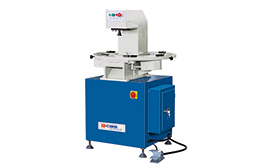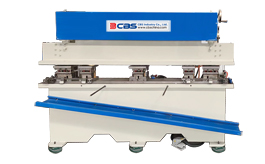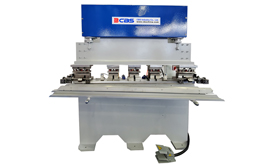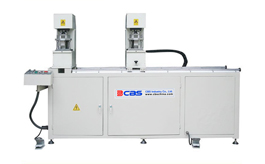Aluminium machine
Cutting MachineMilling MachinePunching and Drilling MachineCorner Crimping EquipmentProfile Bending MachineThermal Break Aluminum Profile LineMachining CenterAluminium Formwork Machine
Aluminium Formwork Cutting MachineAluminium Formwork Punching MachineAluminium Formwork Lacquering MachineSlot Milling MachineMiscellaneousFriction Stir Welding MachineAutomatic Multi-processing Aluminium Machinery
Hinge Making MachineSolar Panel Clamps/Cleats Making MachineAluminium Hardware Making MahcineOther Automatic MachinesuPVC window machine
Cutting MachineMilling MachineWelding MachineCorner Cleaning MachineBending MachineAuxiliary Machine
We manufacturing pneumatic punching machine, hydraulic punching machine and multi-head drilling machine for all kinds of aluminium windows and doors, aluminum facade extrusion holes and slots processing.






